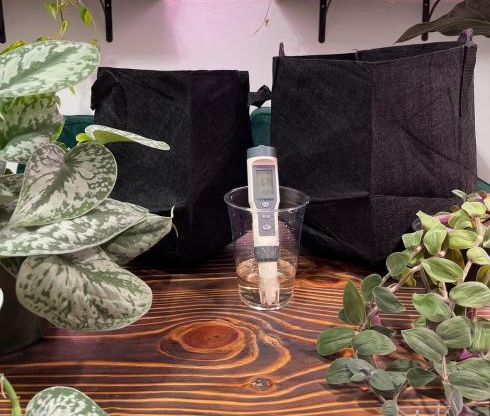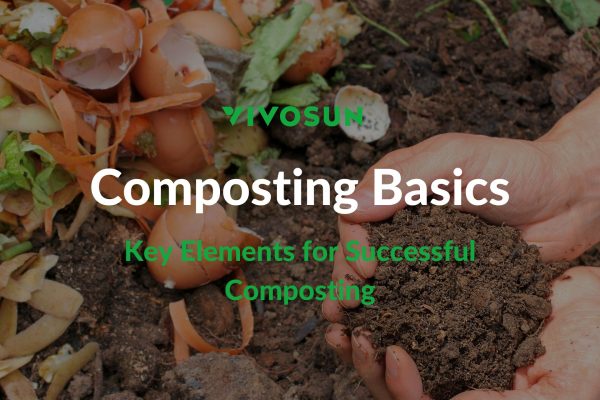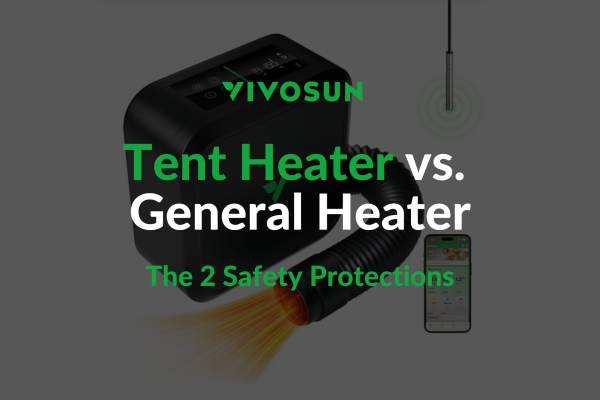Fabric grow bags are made of flexible, lightweight woven material. There are a ton of different sizes and because they are fabric, they are flexible and can be used in a ton of different ways. They are quickly becoming the preferred plant container for gardeners, no matter how big or small.
Fabric grow bags can fight root rot, and grow economically, they are durable, easy to store, and inexpensive, and they have unique advantages over other containers. If you are looking to make growing more efficient and easier, they are a great choice. But changing over to grow bags also means you need to adjust your gardening routines, so the first question you will have is probably going to be how to choose fabric to grow bags?

Sizing Your Containers – How to Choose Fabric Grow Bags for Gardening
For the average gardener, you probably don’t need to have a precise measurement for these grow pots, because the bags’ volume is quite flexible. Besides physical measurements, keen gardeners will also consider some other factors like a grow pot’s color and material. It is not just about the aesthetic look: dark-colored pots absorb heat, and the fabric material provides different levels of insulation, so when you’re thinking about which fabric grow bag you plan to buy consider your general environment: are your winters very cold? If so, you’ll need a thicker bag.
Among different sizes of grow bags, how do you know which size will fit your needs? An improperly sized grow bag can lead to major growth problems and even death, so it is important to find what size is the best for your plant. Let’s talk about the regular sizes range gardeners use the most in the grow.
| Size Range | Plants to grow |
| 5 gallons and under
|
Vegetables like lettuce, peas, peppers, and annual flowers, have shallow root systems, so they will be good fitting in the fabric grow pots in this size range. |
| 5-15 gallon
|
Tomatoes, berry bushes, and grapes are doing well in this size. They carry deeper roots and need more soil, so they can draw nutrients from the soil. |
| 20 up to 100 gallons
|
Topiary enthusiasts usually work with bags from 20-100 gallons. |
| 100+ gallon bag sizes continue to climb
|
For the sapling that can have room to survive during transplanting, arborists should be better at using the 100+ gallon size grow pot, so it is able to form a root ball. |
If you cannot decide what you want to grow in your garden, or if you would like to buy the grow pots used for general-purpose use, the 5-gallon size is a good start. It has enough space for most of the plants a home gardener will want to grow. In order to entirely fill a 5-gallon grow pot you’ll need around 60 pounds of soil—about the weight most gardeners will expect to move around their garden.
There are dozens of brands on the market that make grow bags—they’re extremely popular these days—so be sure to look for details. In addition to choosing the size, there are other factors you have to consider when answering “How to choose fabric to grow bags.” Consider also a grow bag’s quality, your home climate, and the reliability of the seller.
Material Quality – How to Choose Fabric Grow Bags for Gardening
Although the fabric is quite inexpensive that does not mean you have to choose a cheap product. Choosing a high-quality grow bag is important because the durability and craftsmanship of the grow bag will affect how useful it’ll be at home, especially if you plan to move your plants many times or put them outside of your house.
The fabric most of the grow pots used is nylon or plastic. Cloth bags ensure plants breathe easily because cloth is more porous, while plastic grow bags retain heat and moisture better, so depending on your environment one material may be more appropriate than the other. Besides the material, we should also consider the tightness of the textile weave. When the weaving is tighter, water will be retained in the pot for longer but there will be less air exchange. Just make sure you find a bag that matches your needs according to your environment.
Consider Your Climate – How to Choose Fabric Grow Bags for Gardening
If you live in a hot climate, it is better to choose a fabric bag that can reduce heat. A light-colored grow bag not only helps with heat, it also helps reduce evaporation. If you live in a damp climate, you will probably want a loose-weave fabric container to encourage evaporation, which will reduce the chance of mold and root rot. If you’re growing outdoors, make sure you move your plants to a protected area—if it’s hot and dry, periodically move your plants to the shade. If it is damp, make sure your plants are exposed to the sun.
Wrap Up – How to Choose Fabric Grow Bags for Gardening
How to choose fabric grow bags is always the first and most important question you have to consider before switching over to these excellent products. Be careful when examining the sizes and material of your grow bags so they match your environment, which will reduce problems later in life. Using a fabric grow bag can help you stretch your limits and reach your growth goals. We hope you enjoy your growth journey!
If you have any questions, please don’t hesitate to reach out to us!
And be sure to check out our other blog posts for useful tips on becoming a great grower!
Subscribe to the VIVOSUN newsletter for growing tips, grower stories, and special offers, and get 12% off your first order!
We love the new VIVOSUN Smart Grow System and we are certain that you too will love it once you try it.
And join our Facebook farmer’s community for even more exclusive contests and prizes!
Download VIVOSUN App to get 18% off and explore more information!








